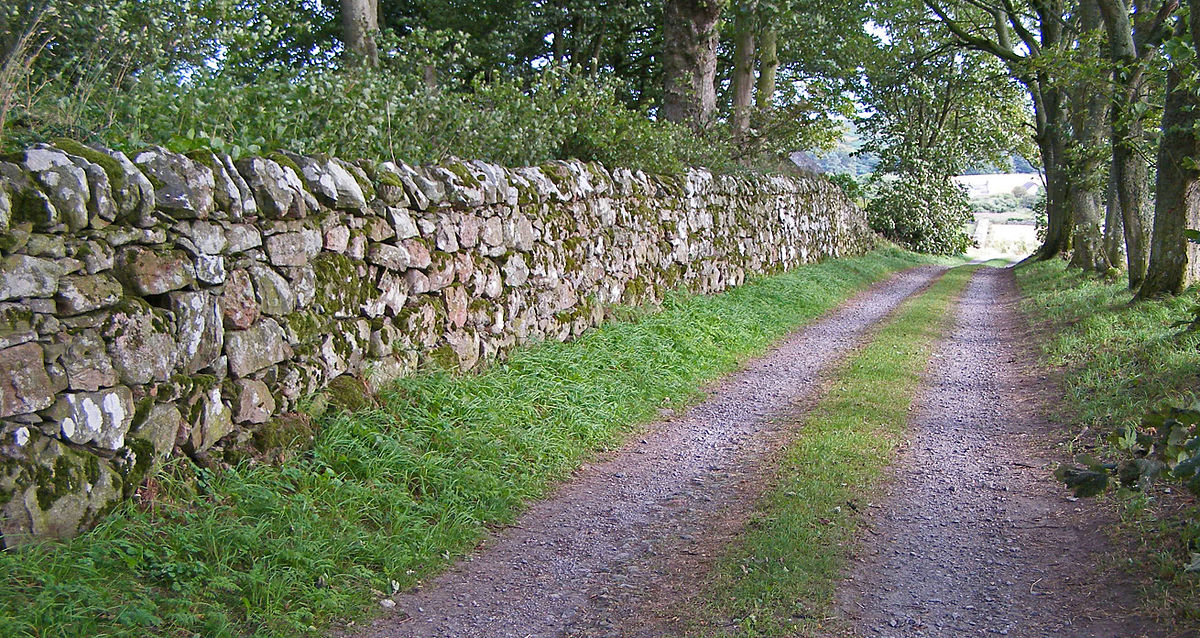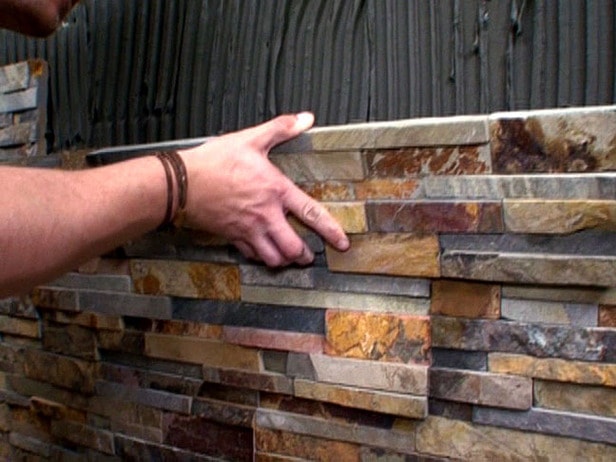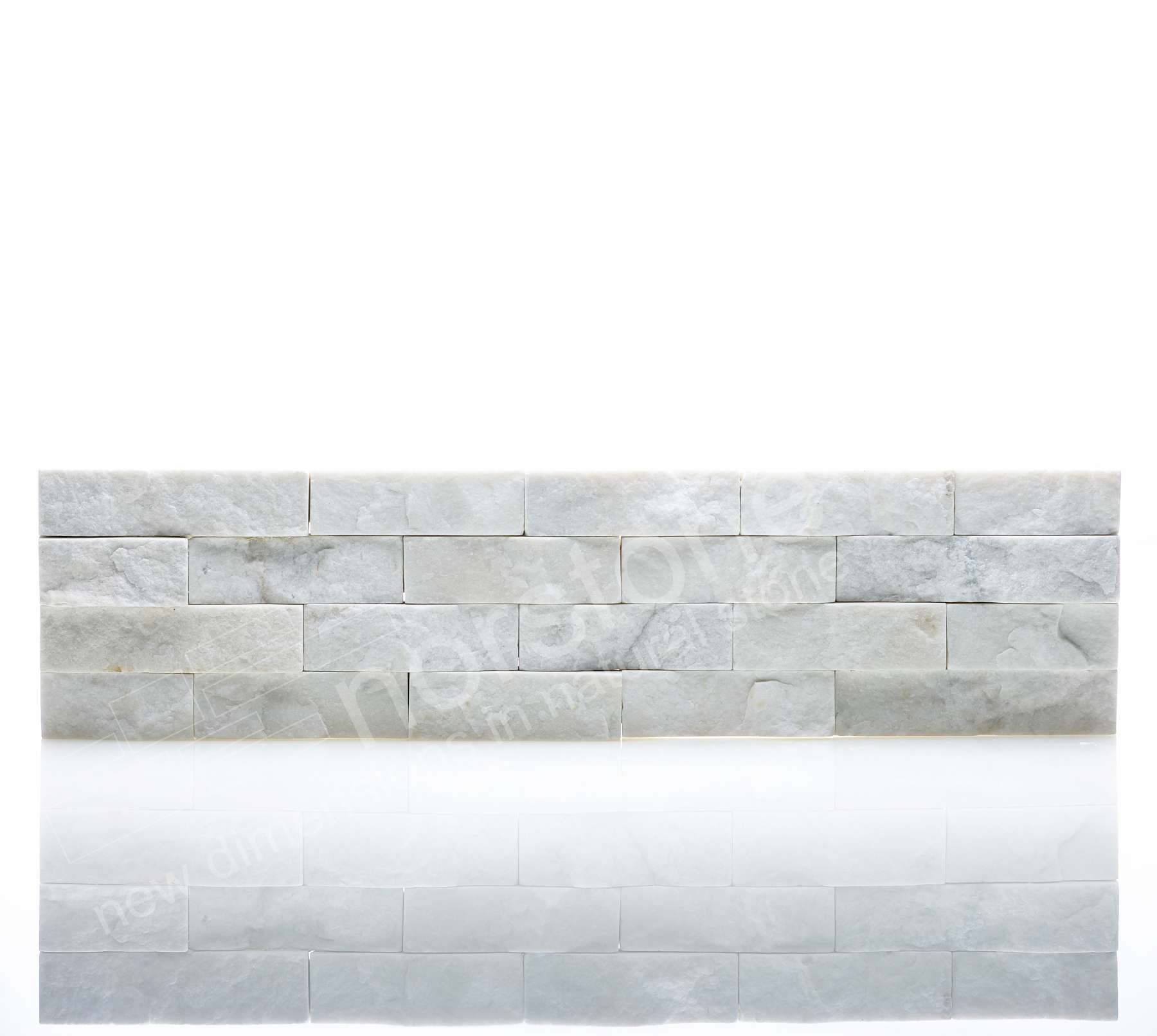How to Save Money Installing Stacked Stone with Thin Stone Veneer Panel Systems
Stacked stone is a timeless look that bridges from ancient to modern times and everything in between. From the original stone walls that were made out of stones collected from clearing fields for farming to modern applications where we see stacked stone used to enhance the design of commercial and residential spaces alike, stacked stone is both practical and beautiful. Installing this look has been the trade of stone masons across the world for centuries until recently when thin stone veneer panel systems came onto the scene as an alternative that offered a simpler installation. These thin stone veneer panel systems can be installed more cost effectively for a variety of reasons making the look of stacked stone available to a much wider audience.

The fundamental difference between traditional hand stacked stone and a panel system comes down to one key difference – how each product is installed. Hand stacked stone is generally thicker and comes as loose material, requiring the skill of a stone mason to select, hand fit, and then set each individual stone in place. This process is time consuming and takes a specialized skill, which ultimately means hand stacking loose stone is an expensive endeavor. Panel systems came onto the scene approximately 10-15 years ago offering a product where the stones were cut thin and then adhered together into a uniform “tile-like” shape. These products could be installed at high rates of speed, more similar to tile than stone, and give the wall a unique modern looking stacked stone look.

In terms of saving money by using thin stone veneer panel systems vs traditional hand stacked stone, the biggest area of savings is in the installation. In all likelihood, the cost of a stone panel system is going to be significantly more than the cost of loose stone – after all the stone in a panel system has been cut thin, glued and assembled into panels, and then packaged. However, the ability to use a lower cost tile setter for the installation vs a skilled stone mason should result in a much lower installed cost per sq ft. In fact, many homeowners have even taken on installing thin stone veneer panel systems as a DIY project and had great success doing it, dramatically decreasing the cost of a project and making this look possible for all levels of material budgets.

Thin stone veneer panel systems also affords the consumer a variety of options that simply aren’t available with traditional hand stacked stone. Because the panel systems are made from stone that has been split or cut at a very thin dimension, nearly any natural stone can be used so long as it can be cut down to size. Traditional hand stacked stone generally relies on stone that comes direct from quarries in certain sizes and with certain dimensions, reducing the overall variety, including color selection, of stone available. Thin stone veneer panel systems can even introduce completely different product types to the mix, such as faux stone made from a variety of materials, or natural stone that is finished in other ways besides the traditional split face look. Norstone’s Aksent Series Smooth Stone Veneer Panels are a great example of a panel system product that uses stone with a honed finish to create a tight, dry stack look.
One word of caution on thin stone veneer panel systems is that not all of them are created equal. Not only should the raw stone be evaluated, but the manufacturing of the panel also plays a big role in the overall performance of the product. The two biggest factors in manufacturing are calibration, which ensures that the panels can be dry stacked and fit together tightly. The tighter the panels fit without gapping, the more realistic the panel system looks. Component parts of the panel system such as the glue or epoxy that is used to keep the individual stones together is also important as it helps stabilize and keep the panel intact during transit, cutting, and installation. The old adage of getting what you pay for is certainly true when dealing with any sort of tile or stone product – look for higher quality products that are calibrated and manufactured well that will be easier to install and look better on your project!
Thanks for learning more about thin stone veneer panel systems with us today. Norstone has been making these products for close to 15 years globally and has been selling them to the US market for close to 13 years. If you are considering stacked stone for your next project, contact any of our team members to learn more about how thin stone veneer panel systems can help save you money, time, and get a great looking wall of stone!
.png)



